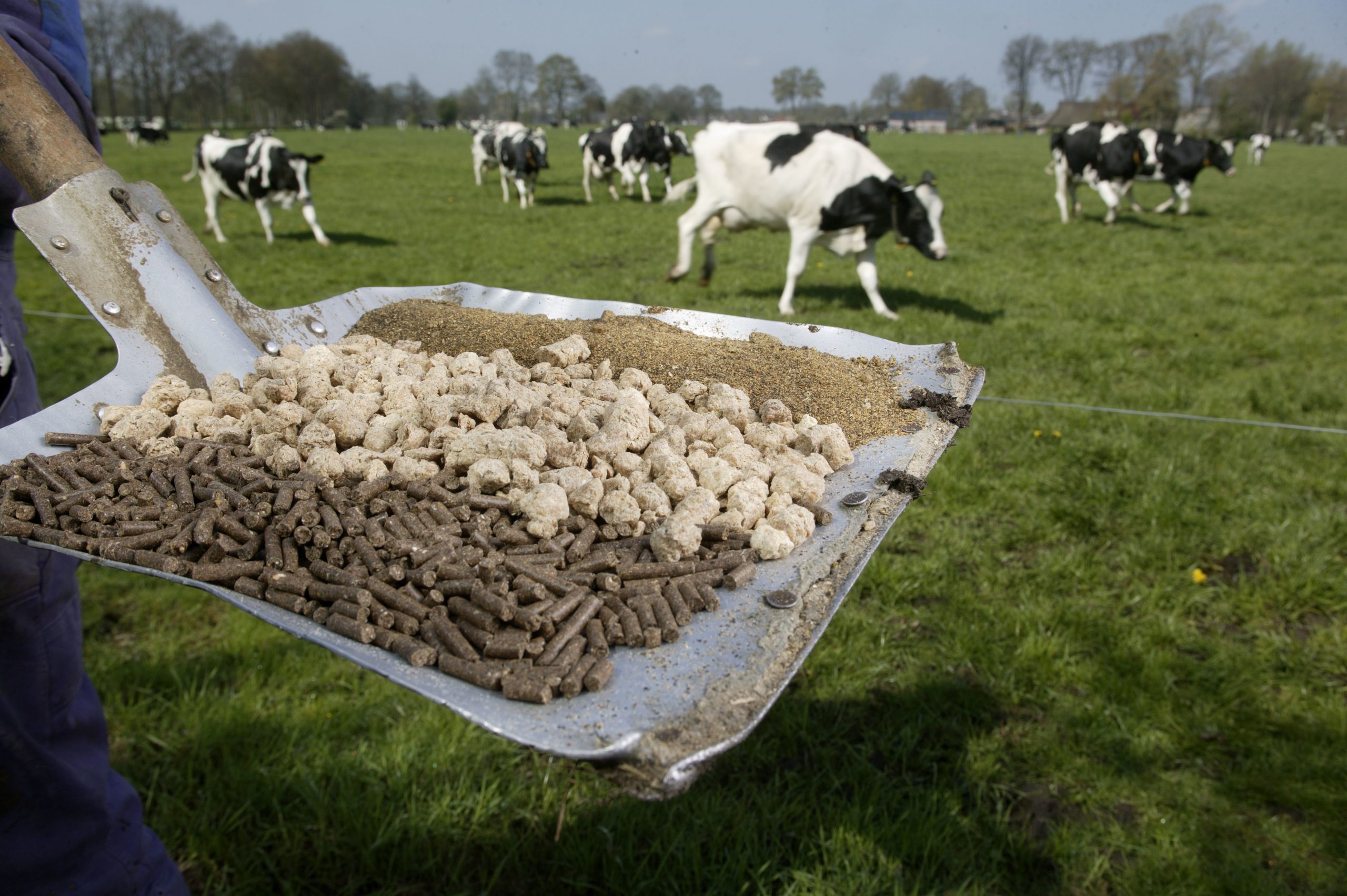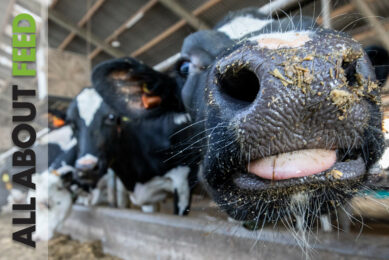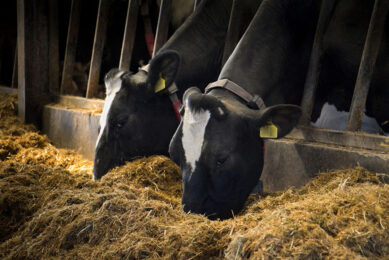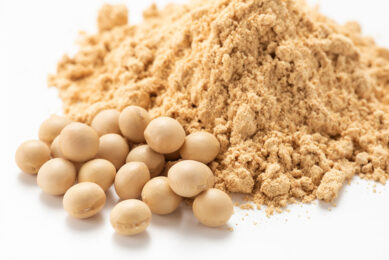New feed values of protein co-products

Nowadays more alternative feed ingredients are available for nutritionists to formulate diets. New ingredients can be valuable additions to the diets of cows. However, there are differences in nutrient concentration and variability that are sometimes not taken into consideration when evaluating their purchase.
Adequate ration balancing is a crucial component of a dairy farm budget. Undetected nutrient deficiencies or excesses can have different and variable effects on cows’ performance and health. Nutrient content variability (inconsistency) of feed ingredients is frequently mentioned as a constraint by dairy producers and nutrition consultants. Here we will discuss the nutritional value of some ingredients used in cow diets.
SBM from different origins
A study on the nutrient composition of soybean meal (SBM) from the US, Brazilian, and Argentinian processing facilities was published recently in Animal Feed Science and Technology (García-Rebollar et al, 2016). The researchers evaluated soybean meal samples obtained over 9 years (2007 – 2015) in the country of origin (50% of samples), or upon arrival of the shipment to Europe.
US samples
Samples from the USA were collected from crushing plants located around the Mississippi river (96 samples) and the East Coast (36), or upon arrival to European ports (48) from vessels loaded in New Orleans.
Brazilian samples
Brazilian samples (n = 63) were collected either locally, mostly from feed mills in the states of Porto Alegre and Sao Paulo, or in Europe (n = 102) from cargoes originated in Paranaguá, Santos, and Ilheus, and unloaded in Brest (France), Hamburg (Germany) and Bilbao and Tarragona (Spain).
Argentinian samples
Soybean meal samples (n = 64) from Argentina were obtained from 6 different local crushing plants, or in Europe (n = 106) upon arrival of cargoes loaded in Rosario and Bahía Blanca, to the ports of Marín and Huelva (Spain), Lisbon (Portugal), and Hamburg (Germany).
Overall, the nutrient concentration (% DM) of various components of US, Brazilian, and Argentinian soybean meals are shown in Table 1. It can be concluded that US soybean meal had more protein than Argentinian meal, and less fibre, more sucrose and more amino acids (lysine and methionine) than those from both Brazilian and Argentinian origins.
European DDGS from different cereals
Corn grain is the main cereal grain used by ethanol plants in most parts of the world. A colder climate during the growing season, makes some European countries however inadequate to obtain high corn yields, with wheat being the main cereal grain used for ethanol production. The major factors that affect DDGS composition are: grain type and quality, milling and fermentation processes, drying temperatures, and the proportion of solubles added back to the distillers’ grains. Böttger and Südekum (2017) evaluated the nutrient composition of 22 DDGS samples (14 corn-, 8 wheat-DDGS) from 20 ethanol plants located in 12 European countries produced during four consecutive years (2011–2014).
Table 2 reports the nutrient composition of corn- and wheat-DDGS. As expected, wheat-DDGS had greater concentration of protein and lower content of fat than corn-DDGS. Moreover, the content of lignin and NDICP in wheat-DDGS is approximately two times greater than in corn-DDGS.
Canadian canola meal
The large expansion of the canola crushing industry that occurred in Canada since 2010 has increased the supply of canola meal for the animal feed industry. According to the Canadian Oilseed Processors Association, 4.7 million tons of canola were produced in Canada in 2015 (2.7 times greater than 20 years ago). University of Manitoba researchers (Adewole et al, 2016) evaluated the nutrient composition of canola meal from Canadian processing facilities. The authors evaluated samples of canola meal collected from 11 canola plants over four consecutive years (2011–2014). The concentration (% DM) of the main nutrients of canola meal is reported in Table 3.
There were variations between processing facilities, the collection years and the contents of protein, fibre, fat, sugars, oligosaccharides, and lysine of canola meal produced in Canada. While variations in the protein content was reported to be mainly due to variations in the protein content of the canola seed feedstock, variations in the content of fat could be a consequence of different processing practices among the plants in terms of adding back any by-products of seed cleaning.
Conclusion
Soybean meal, distillers dried grains, and canola meal can all be excellent sources of nutrients in dairy cow diets. There are however, differences in nutrient concentration and variability that are sometimes not taken into consideration when evaluating their purchase. Using just protein and fat values to determine prices, does not adequately characterise the different animal performance that can be expected from feeding these protein concentrates.
Co-Author: Alvaro García is the extension director of Agriculture and Natural Resources at South Dakota State University. Alvaro.Garcia@sdstate.edu.













